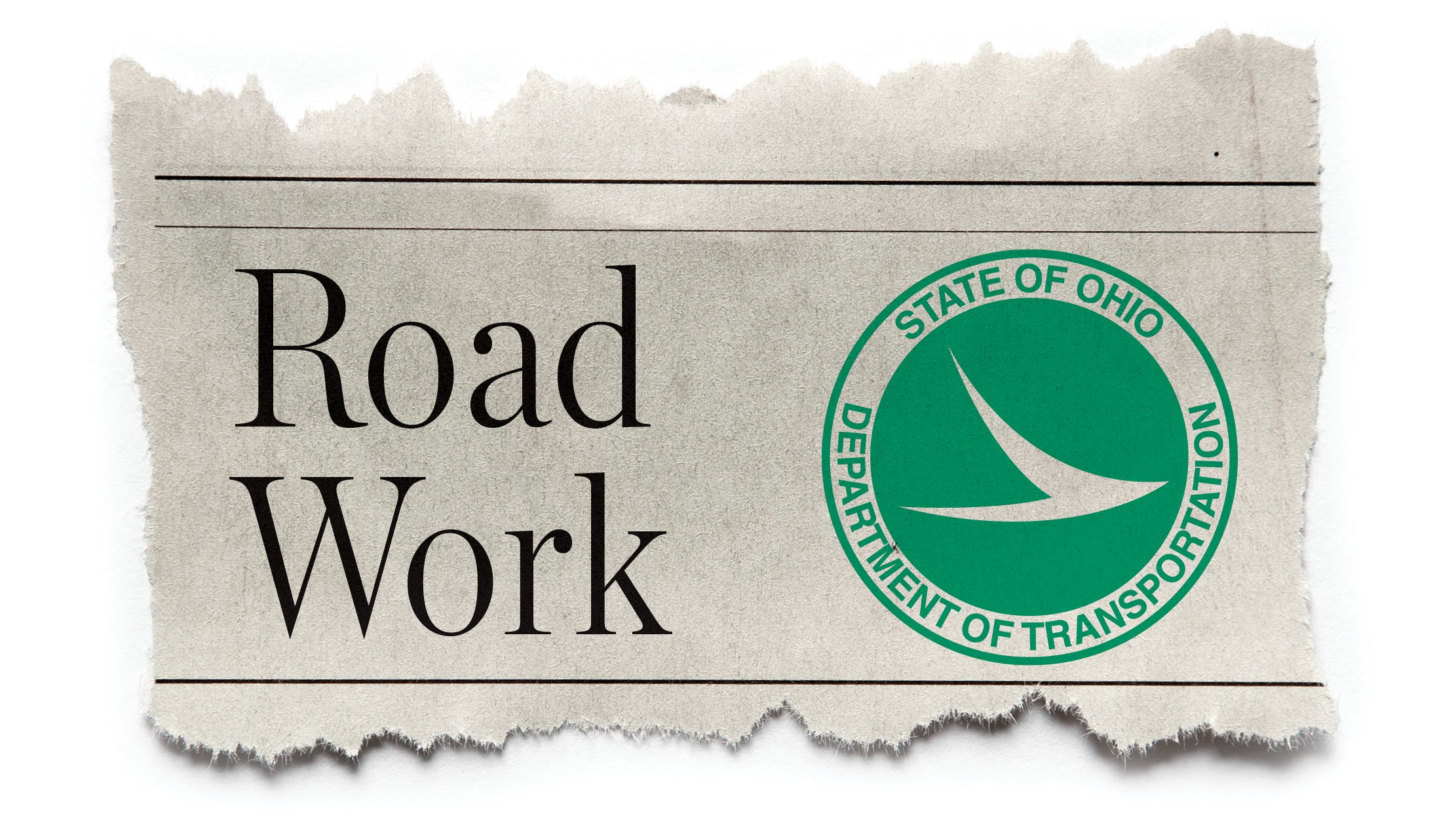The legal system and recovery
Published 12:28 pm Monday, April 3, 2017
A different approach may help the addicted recover
There is a stereotypical dichotomy in many of our minds when it comes to addiction and the legal system. In this model, addicts use drugs, and the legal system punishes them for breaking the law by doing so. But after years and years of following this pattern, many in Lawrence County, and elsewhere, have noticed that this punitive model isn’t really doing anything to break the cycle of addiction in those affected by it, or discouraging new addicts from beginning to use drugs.
So some folks are trying a different approach.
Judge Andrew Ballard, for example, campaigned on a promise to bring a drug court to Lawrence County. If that comes to pass, the judge will have leeway to send those convicted of drug offenses into treatment rather than to jail. But it hasn’t happened yet.
What Lawrence County does have, however, is a diversion program through the office of Prosecutor Brigham Anderson.
This program, headed up by Josh Whaley, doesn’t help individuals convicted of drug possession. That will be the purview of the drug court once it is implemented.
What the prosecutor’s diversion program can do is take those arrested for other crimes, that aren’t directly drug offenses but are related to their addiction, and get them into a treatment program.
For example, if someone were arrested for shoplifting at a department store, and the reason for that crime was to feed their drug habit, the diversion program could offer them treatment instead of a criminal record.
“This is done only with the permission of the victim,” Whaley explained.
Often, the victim is a relative, who wants their family member to get treatment, but can’t figure out how to make it happen on their own. If the parent, relative, friend, or department store that has been stolen from doesn’t agree to offer treatment instead of conviction, however, then the case will go forward as it normally would.
But this isn’t a “get out of jail free card”, Whaley explained. The individuals typically have to complete community service, up to 200 hours of it, or find and maintain employment.
They also have to successfully complete a recovery program, submit to random urine screenings to demonstrate they haven’t relapsed, and pay restitution to the victim.
If they don’t have a GED or high school diploma, he said, then they must get that before they can be released from the program as well.
“The idea is to get them to where they are fully functioning, contributing members of society again,” Whaley said.
If they end up with a criminal record, he explained, this is made even more difficult for them. Certain employment opportunities are closed to them forever if they have a felony conviction on their records. So by engaging in treatment, rather than prosecution, the state hopes to increase the chances of success and decrease the incidences of relapse among folks by offering them something worth staying sober for.
Whether this works or not is largely dependent on the individual, and they have had some cases where the folks have relapsed.
But they’ve also had some success stories. This is the way with any type of treatment, though. Some takes, and some does not. But the prosecutor’s office thinks it is worth the attempt.
The program is fairly new, and the hard data showing that diversion works better than conviction isn’t available yet.
Anecdotally, however, Whaley said he’s seen it make a difference in the lives of some individuals, and that’s enough for him to continue trying.
Forty years of convictions in the “war on drugs” have done little to stem the demand for drugs, after all, or the flow of drugs from those opportunistic individuals who seek to profit by filling that demand. Punishment has not worked to stop it.
A new approach like this, one that seeks to reintegrate individuals into society rather than ostracizing and separating them from it, might just be the solution that works.
Only time will tell.
Next week we will continue our look at how the community, including faith-based organizations, can support recovery, as our series continues.




